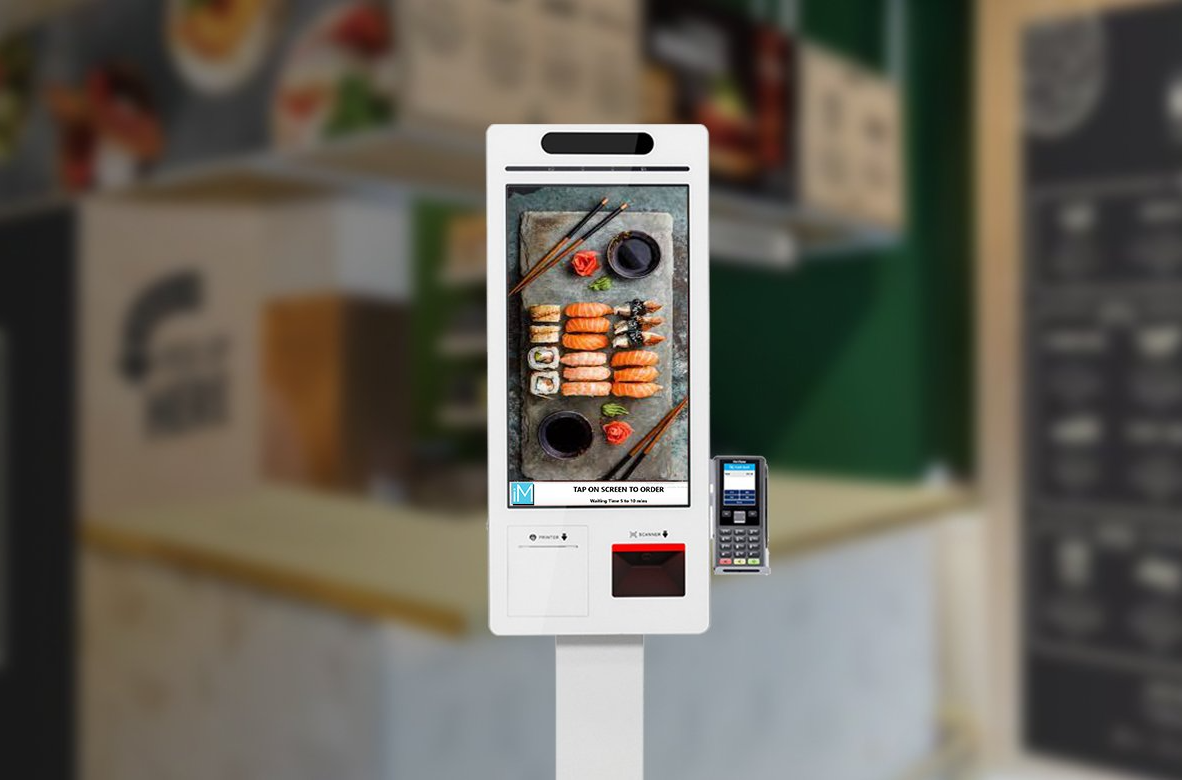
You must have came across countless self ordering solution vendors claiming that they have the most intuitive, or easy to use self ordering solution interface. So how do you identify a truly user-friendly self ordering solution i.e. QR ordering system, self ordering kiosk?
Read on to find out how.
It runs smoothly
A smooth-running self ordering system will elevate your customer’s experience at your F&B outlet.
No one likes to use a laggy application or browse a slow loading website. The same applies to self ordering solutions like QR ordering systems and self ordering kiosks. A well-designed solution will run smoothly and perform as expected by the user, your customers.
On top of that, a smooth-running self ordering system guides the user through the ordering process, helping them place their own orders without asking for help.
Easily understandable at a glance
A user-friendly ordering interface does not require your customers to constantly wonder what is the next steps to complete an order.
For example, menu categories and items should be neatly categorised and visible to users at one glance. The view cart page should be organized, allowing users to easily verify their orders before sending them in.
Simply put, your customers should not be confused, have to think hard to complete each step of the order, or have to squint and re-read when verifying their orders.
Easy to access
When your customers patronise your F&B outlet, they expect a smooth and quick process when placing their orders. Hence, your menu items and categories should be accessible at first glance, instead of having customers fill in their names, contact details and number of guests. If it is necessary, these should be requested just before your customers submit their orders.
Otherwise, having to fill up many details before being able to browse your F&B menu and place orders makes for a very off-putting experience for your customers.
Getting a user-friendly self ordering solution
Self ordering solution breaks the norm. Your customers place orders through their own smartphones or a self ordering kiosk instead of a staff. Hence, it has to be user friendly and convenient enough for your customers to make the switch from ordering from staff to self-ordering.
At iMakan, we realised this early on and developed our self ordering solutions i.e. QR ordering and self ordering kiosks, to be as intuitive as possible, to provide your customers with a seamless, effortless self ordering experience. In doing so, we ensure that by adopting iMakan’s self ordering solutions, your F&B business enjoys great benefits like manpower cost savings, and increased order size and order handling capability.
Interested in getting a user-friendly self ordering solution? Simply drop us your contact details below and we will be in touch to arrange a free demo with you.











